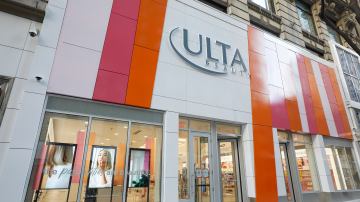Shama Amalean, COO, Thinx Inc.
The global ethical fashion market is expected to grow from $6.35 billion in 2019 to $8.25 billion in 2023, according to The Business Research Company. The trade imperative is clear — building a brand that wins means building one that puts people and the planet first.
However, as a troubling new UN study points out, at a time when certain disastrous effects of climate change may soon be irreversible, the existential imperative is even clearer. Brands that want to stand out in the ethical fashion space must therefore constantly re-assess their supply chain and product assortment to make sure they are offering not only the best performing, but also the most eco-conscious products possible.
These steps are an essential part of the ethical fashion mission, and succeeding to achieve them means joining a community of innovative leaders in sustainable products and practices.
So, how can brands make sure they’re continuing to offer the most sustainable product possible?
- Research. Make sure product design, development and compliance teams are staying on top of new sustainable innovations on at least a quarterly basis. Manufacturing and farming practices evolve; global regulations change. Being complacent can be dangerous. The old saying “if it isn’t broken, don’t fix it” doesn’t apply here.
- Know upstream suppliers. Fashion supply chains are notoriously opaque. Even brands with the best of intentions have a hard time tracing their product all the way upstream. Brands who build their own deep, strategic relationships with upstream suppliers tend to be able to create more transparency in their supply chain.
- Share the rationale behind design choices with consumers and encourage their feedback. If a brand is launching a sustainable collection of products, explain what makes the collection so and, if possible, share metrics to illustrate why these products are better for the planet. Be open to collecting feedback from consumers to better the collection over time.
Businesses committed to elevating global ethical fashion practices cannot remain neutral in the face of the rising threat of 1.5℃ global temperature rise in 20 years. As leaders, our industry must strive to provide consumers with better, more sustainable options.




